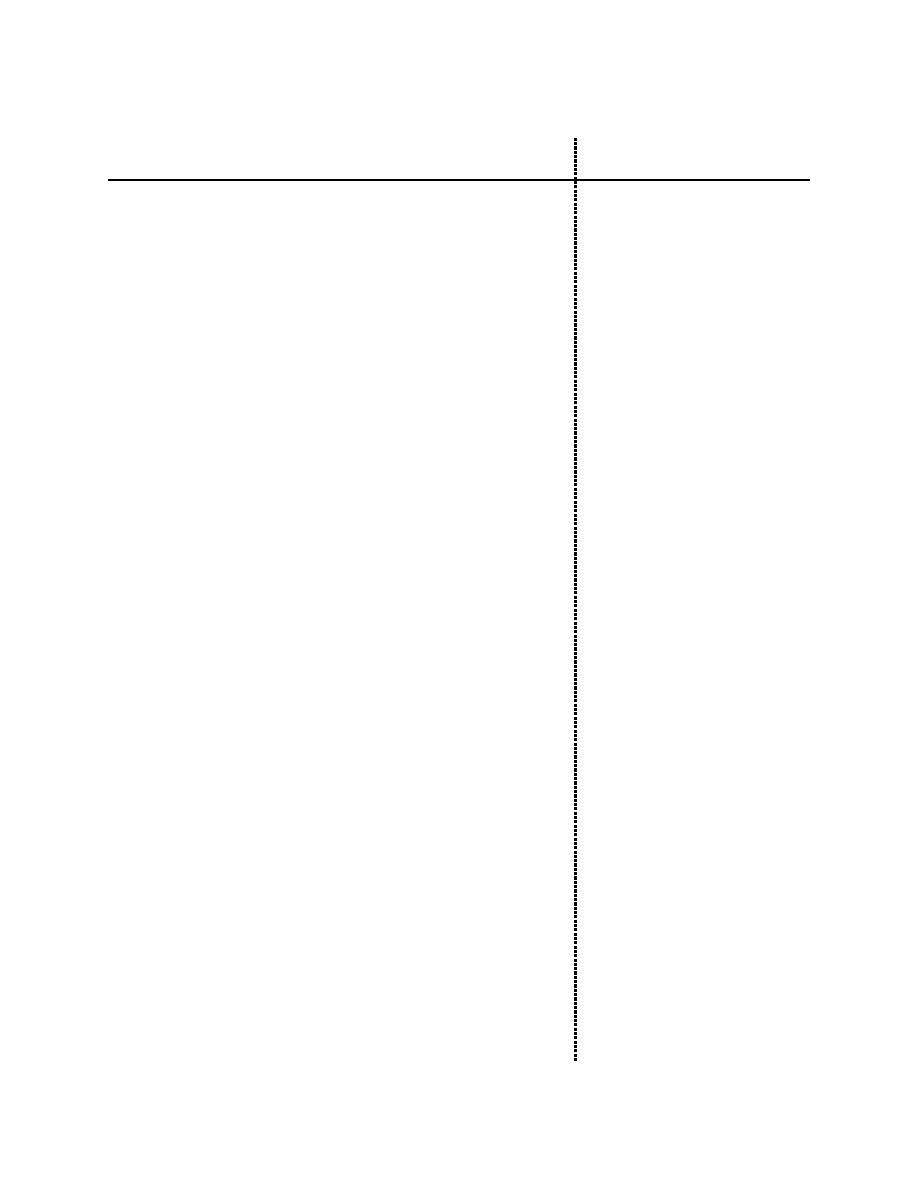 |
|||
|
|
|||
|
Page Title:
Use of Containment Devices cont'd |
|
||
| ||||||||||
|
|  DOE-HDBK-1113-98
Module 104 Internal Dose Control
Lesson Plan
Instructor's Notes
direct, high-volume air flow. Failure to
control airborne contamination could result
in inhalation of the contamination and
spread of contamination to other areas.
Control of airborne contamination should
include:
an evaluation of activities that are likely
to cause contamin ation to become
airborne,
engineered controls such as installed or
portable ventilation with High Efficiency
Particulate Air filtration systems (HEPA
systems) to remove contamination from
the air at a point as close to the source as
possible,
physical barriers (e.g., pipes, gloveboxes,
etc) and pressure differential zones,
use of alternate work activities or
equipment that is less likely to generate
airborne contamination,
air sampling to track airborne
contamination levels, and
using respir atory protec tion to minimize
internal dose of the worker.
Monitoring for airborne contamination can
Discuss the airborne
take several forms:
contamination limits and
47
|
|
Privacy Statement - Press Release - Copyright Information. - Contact Us |